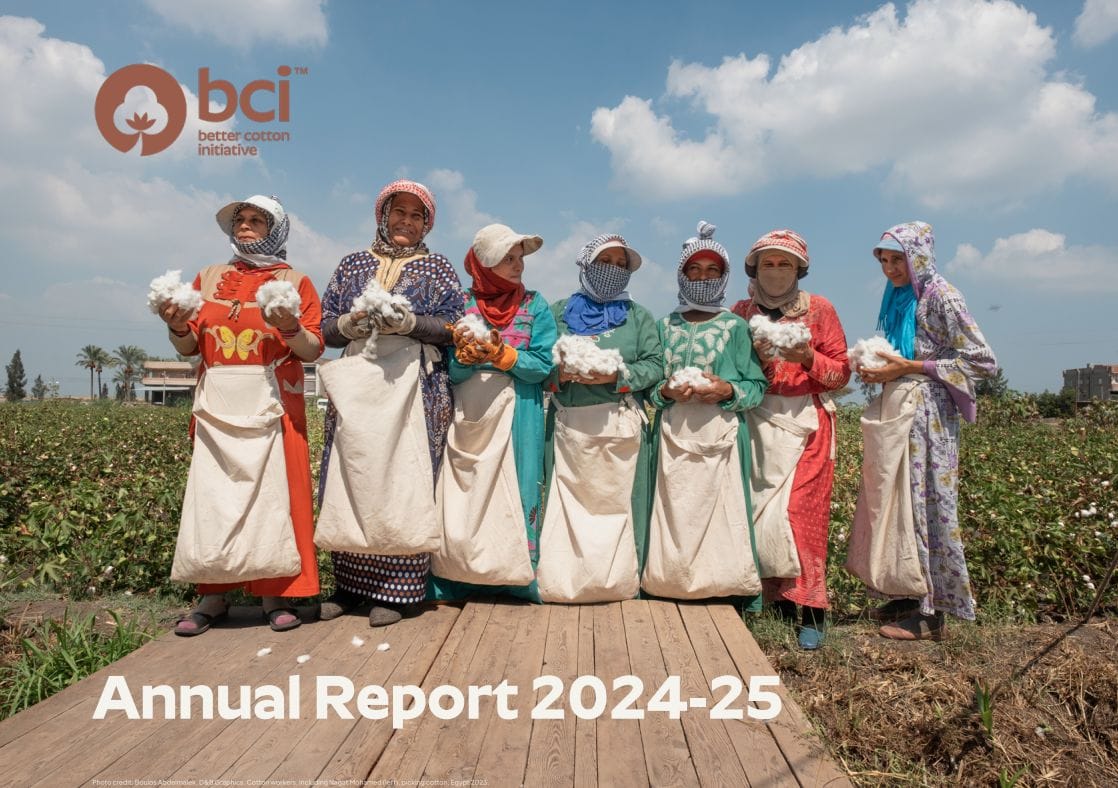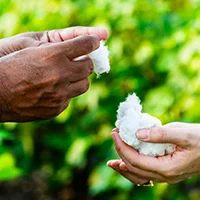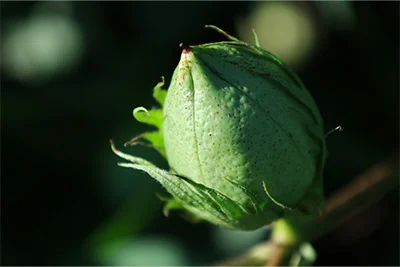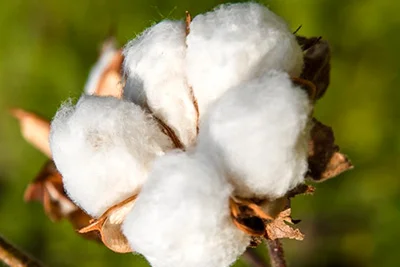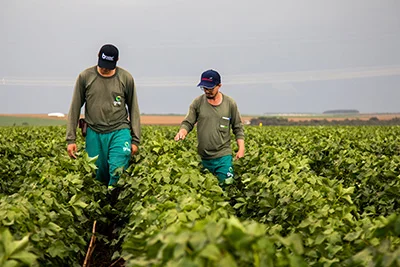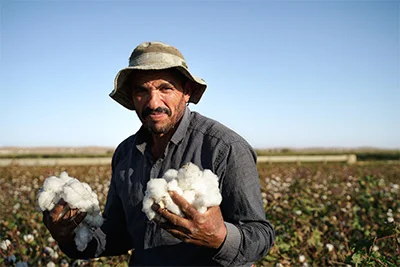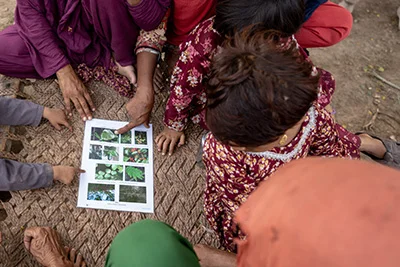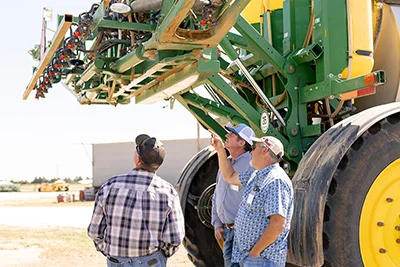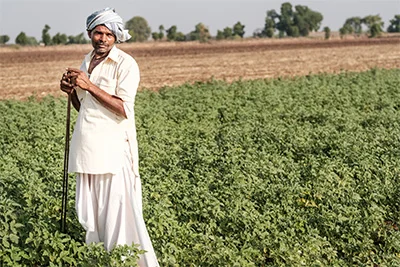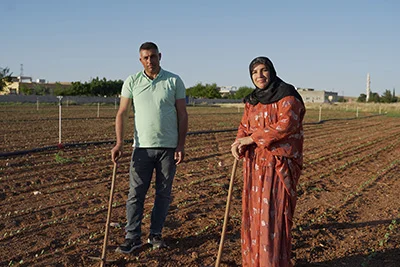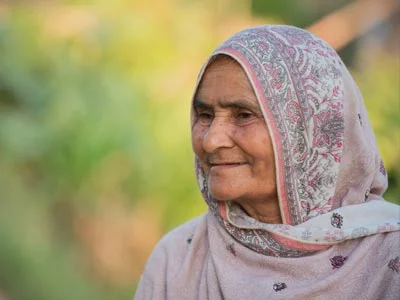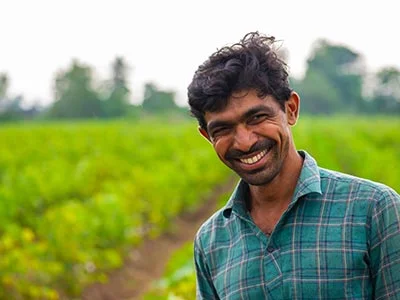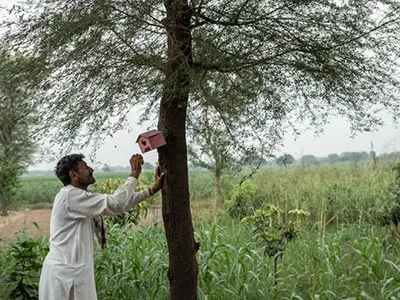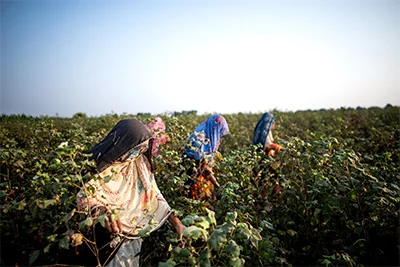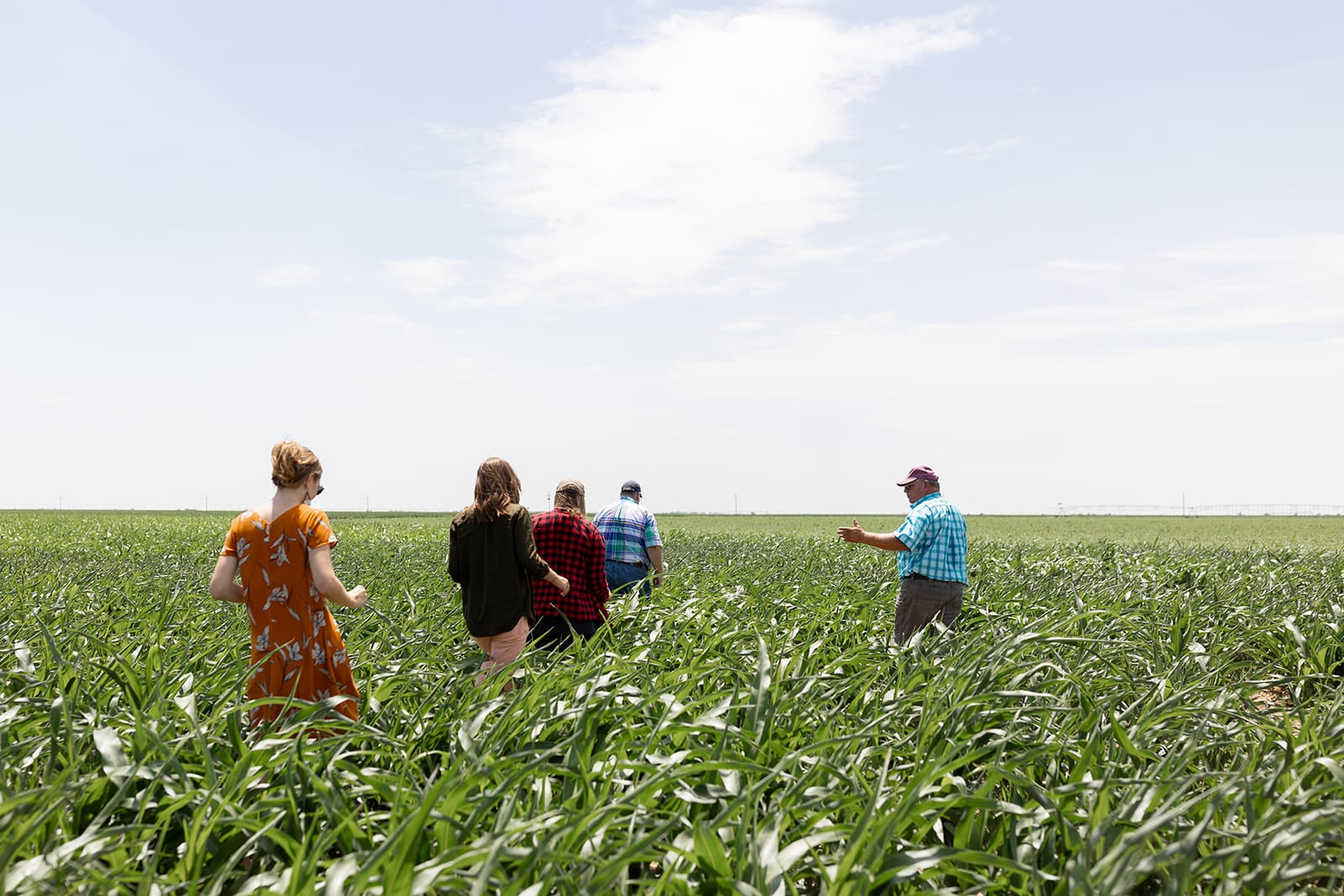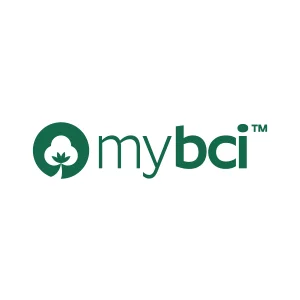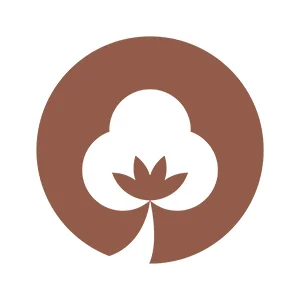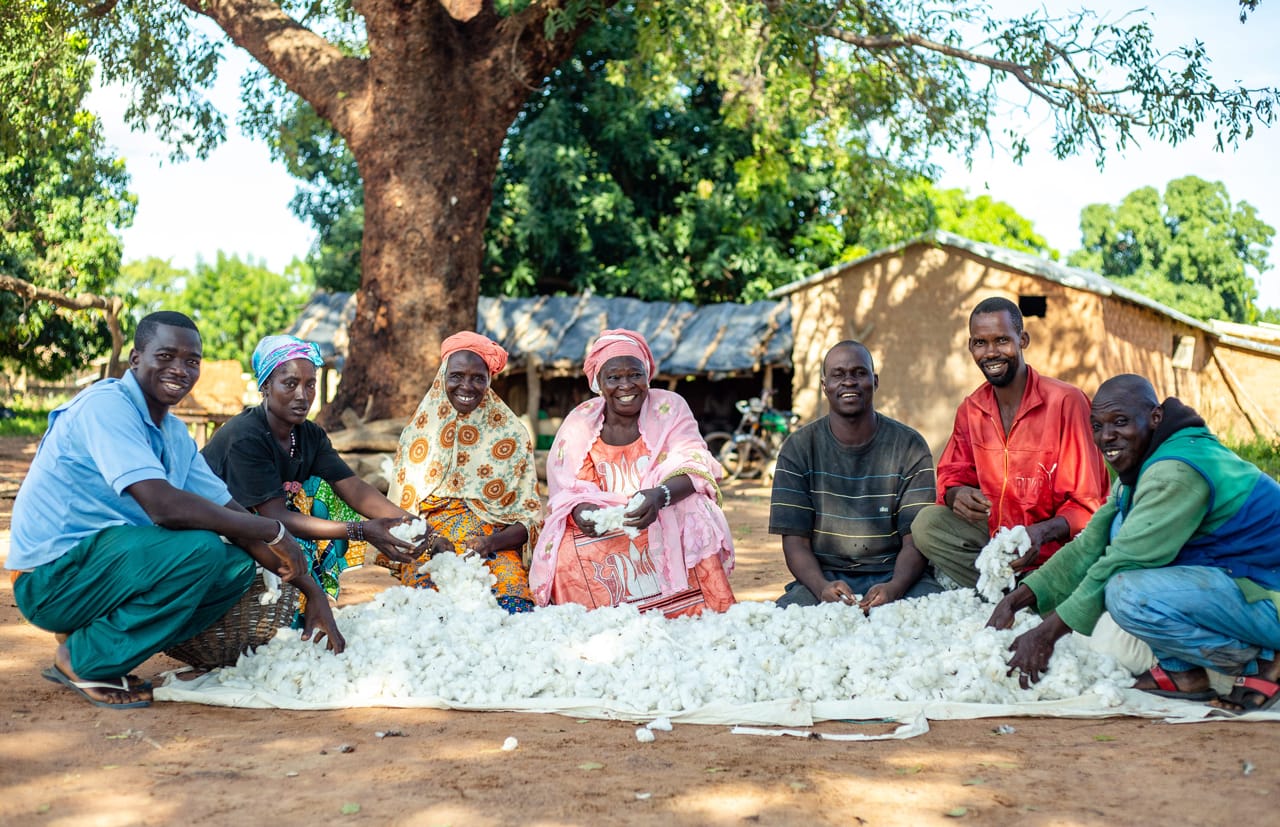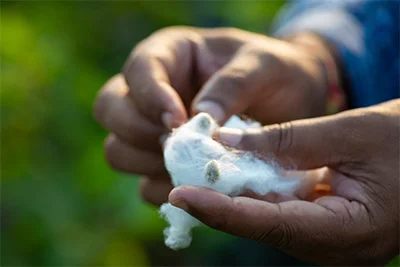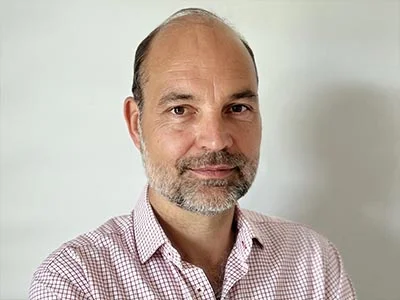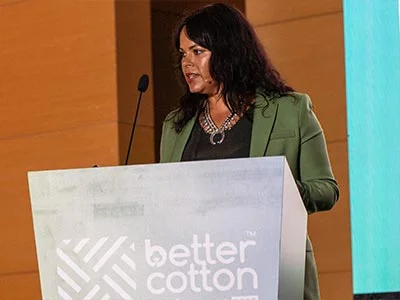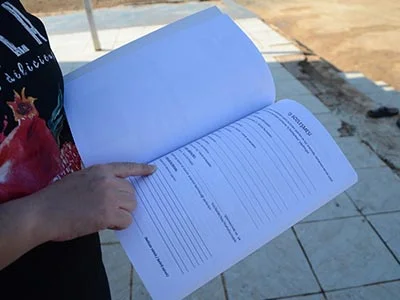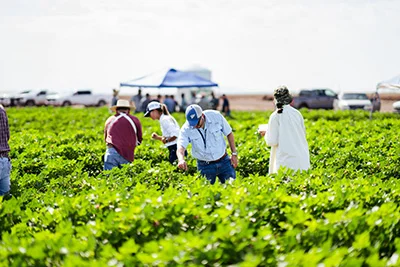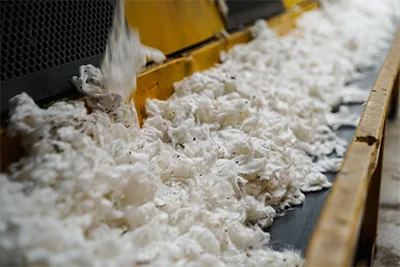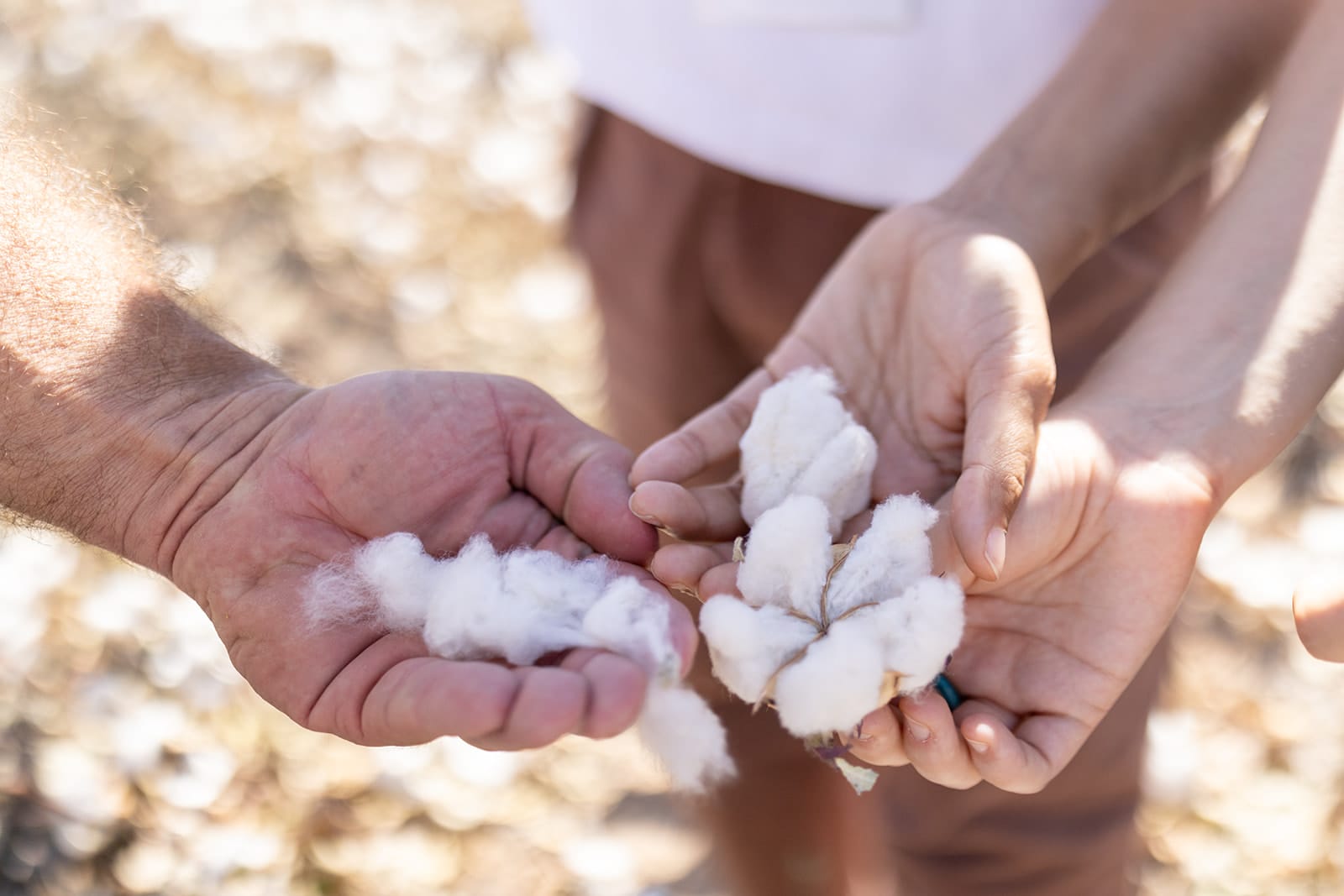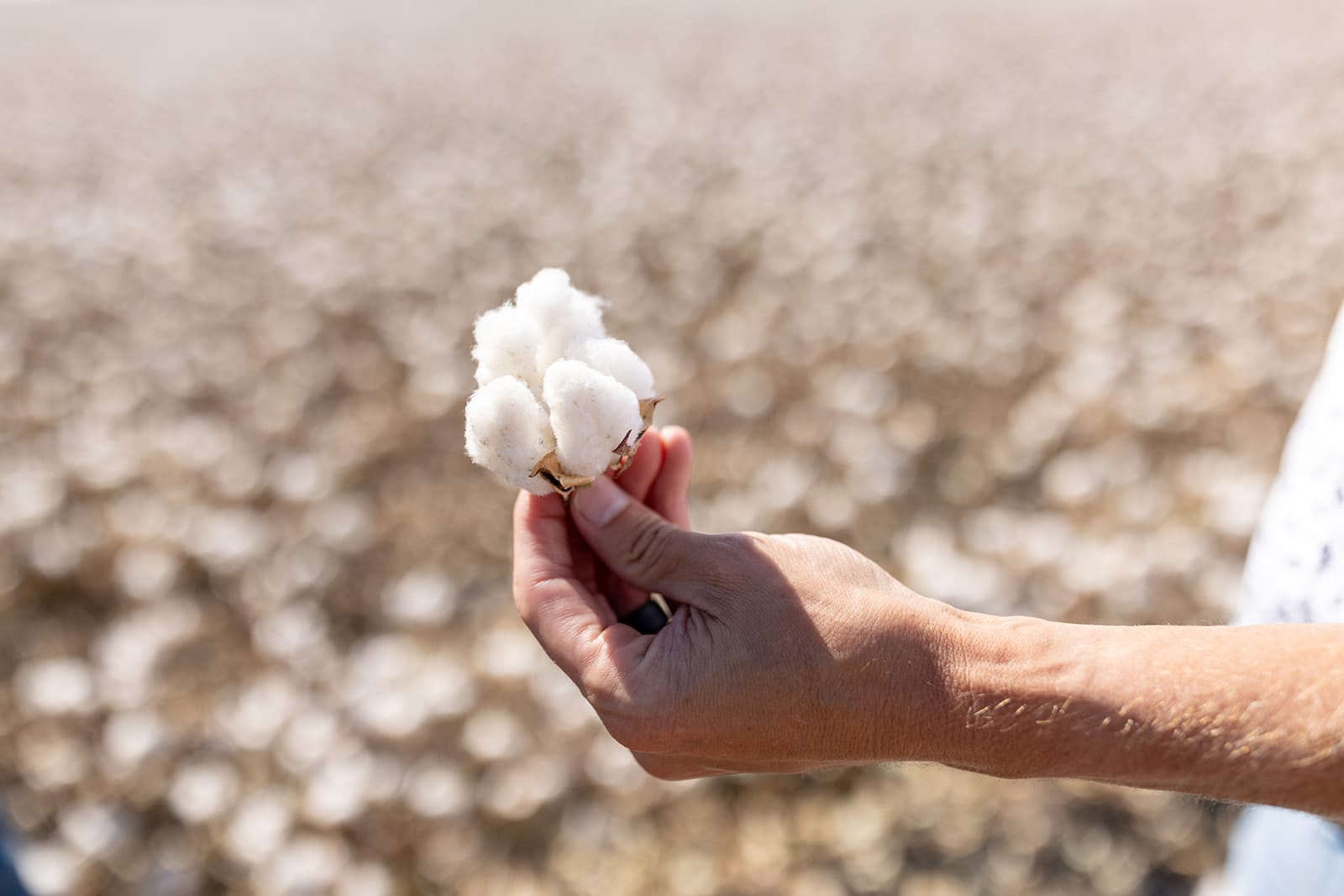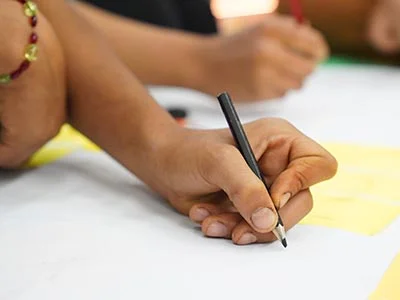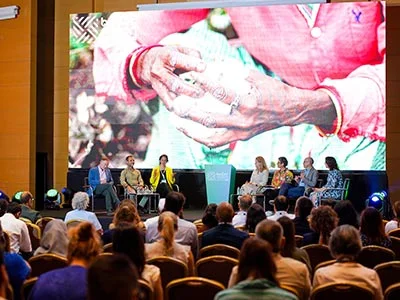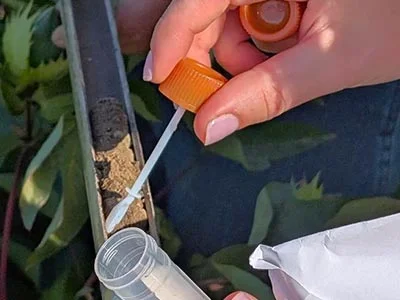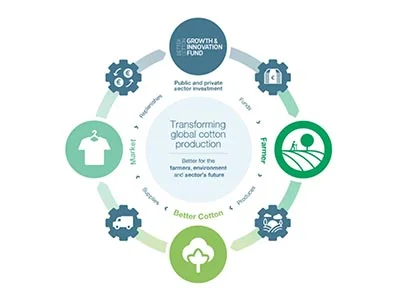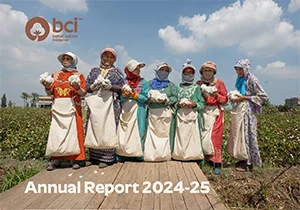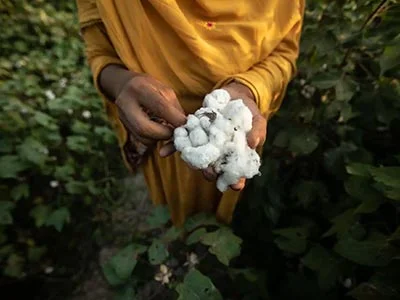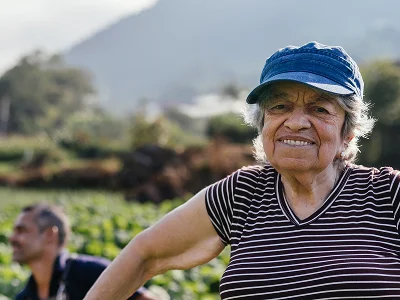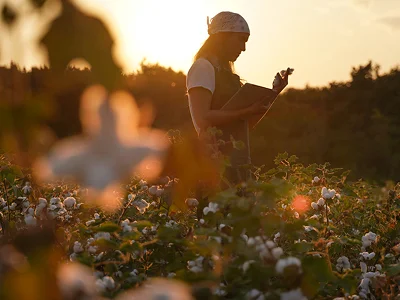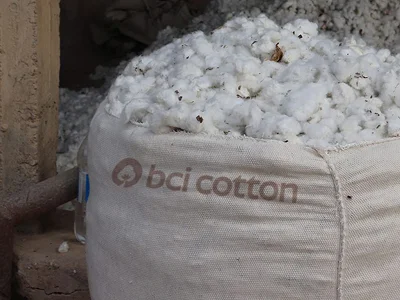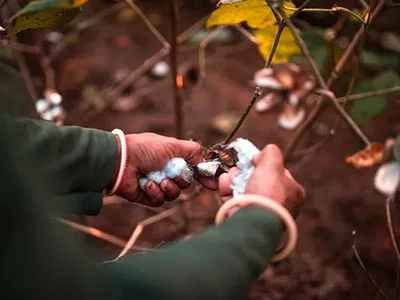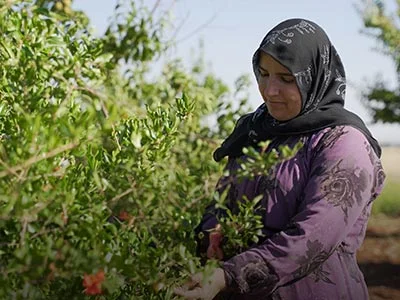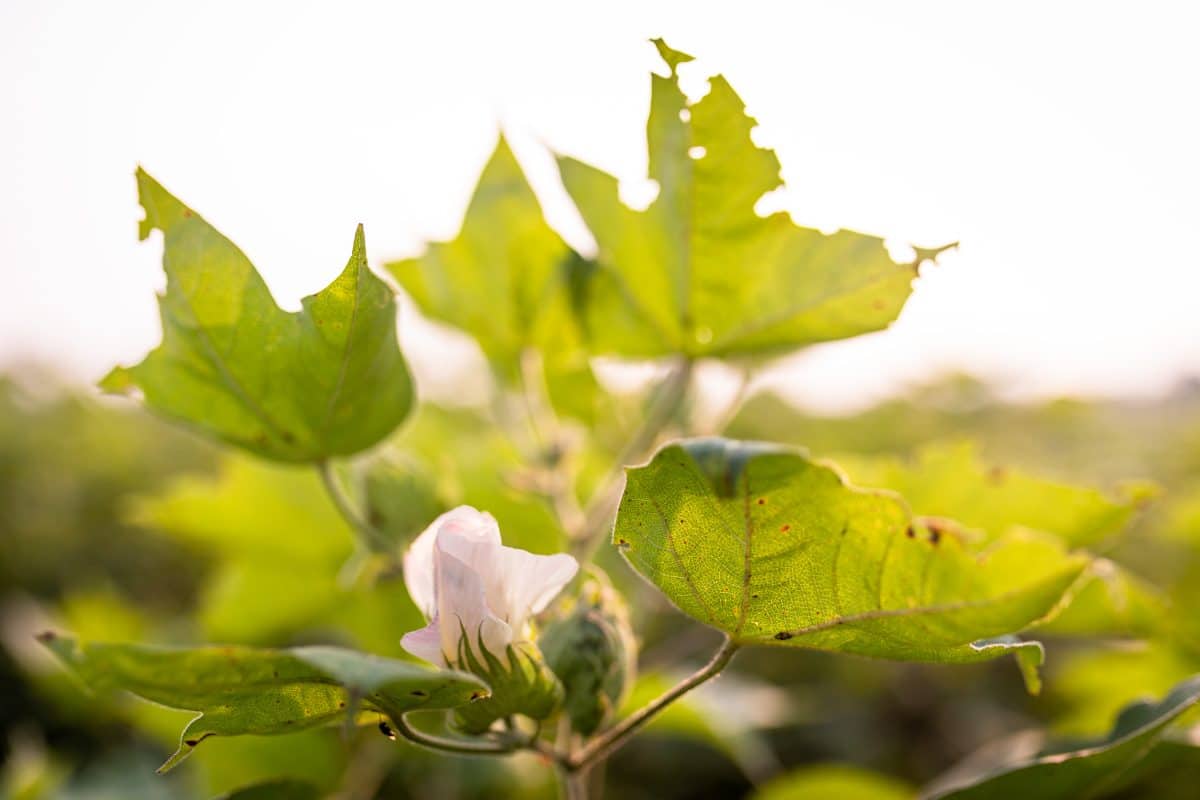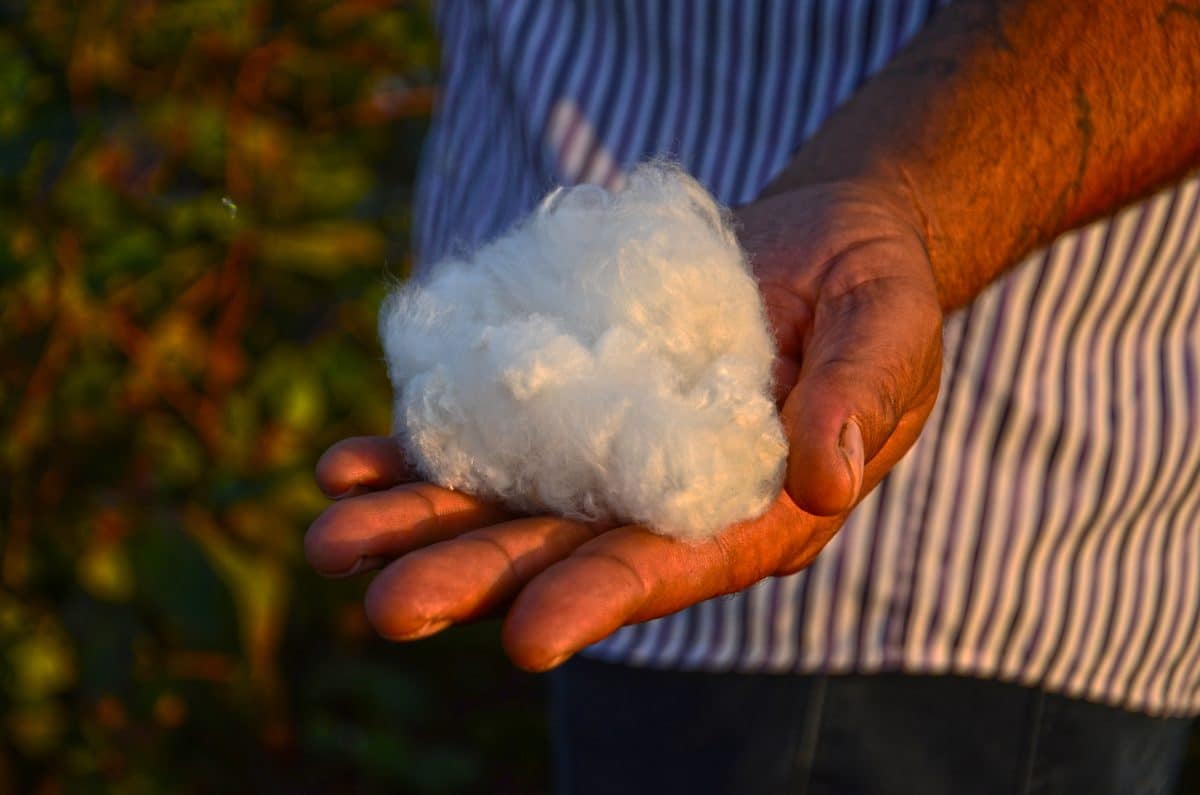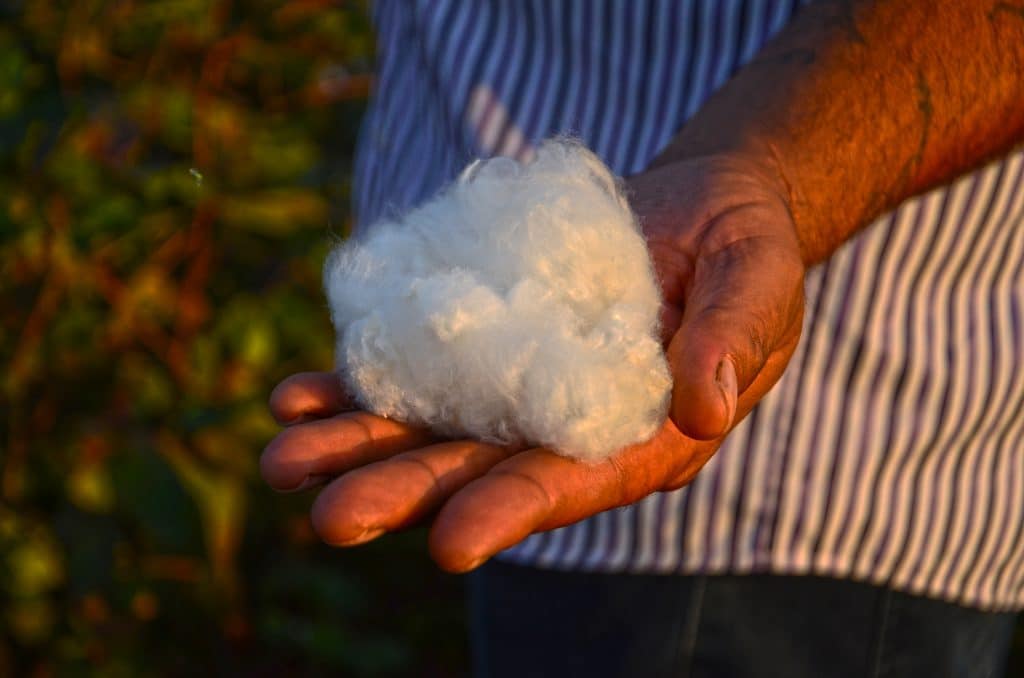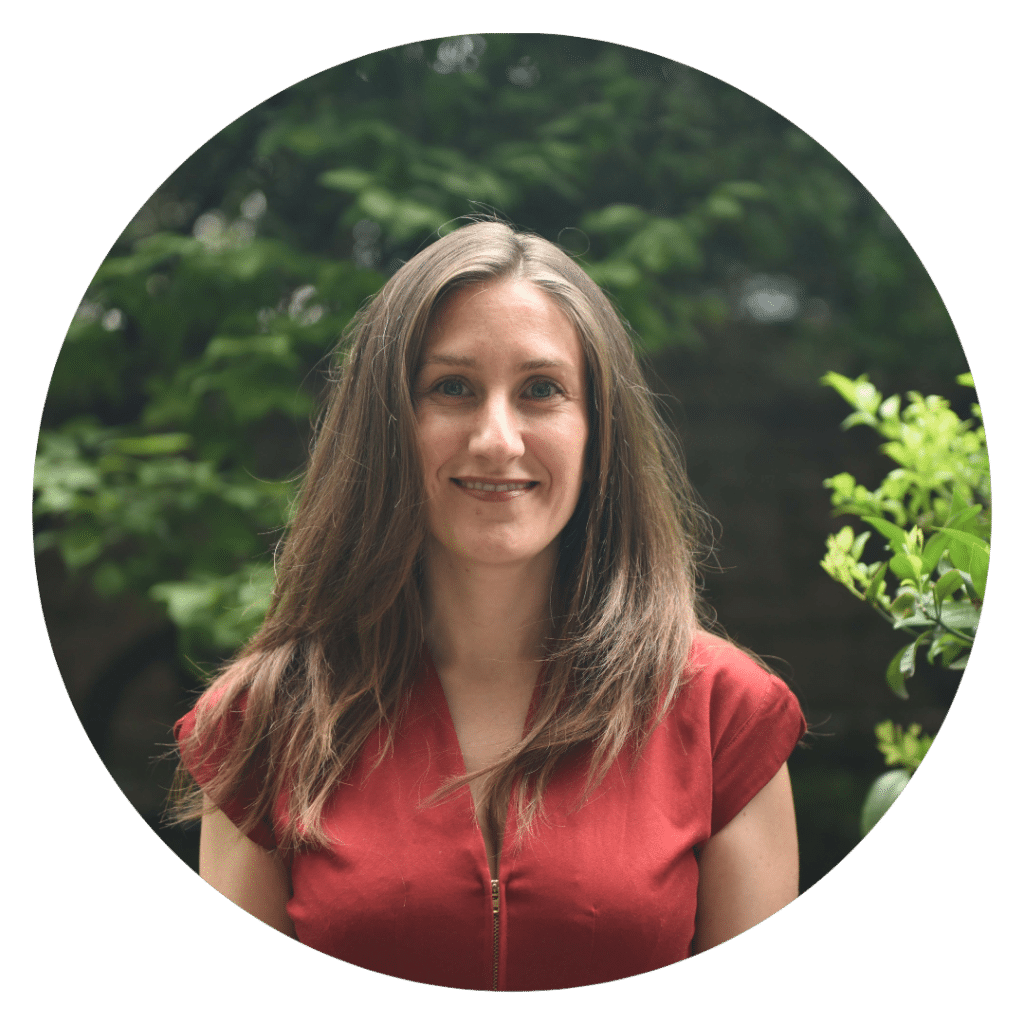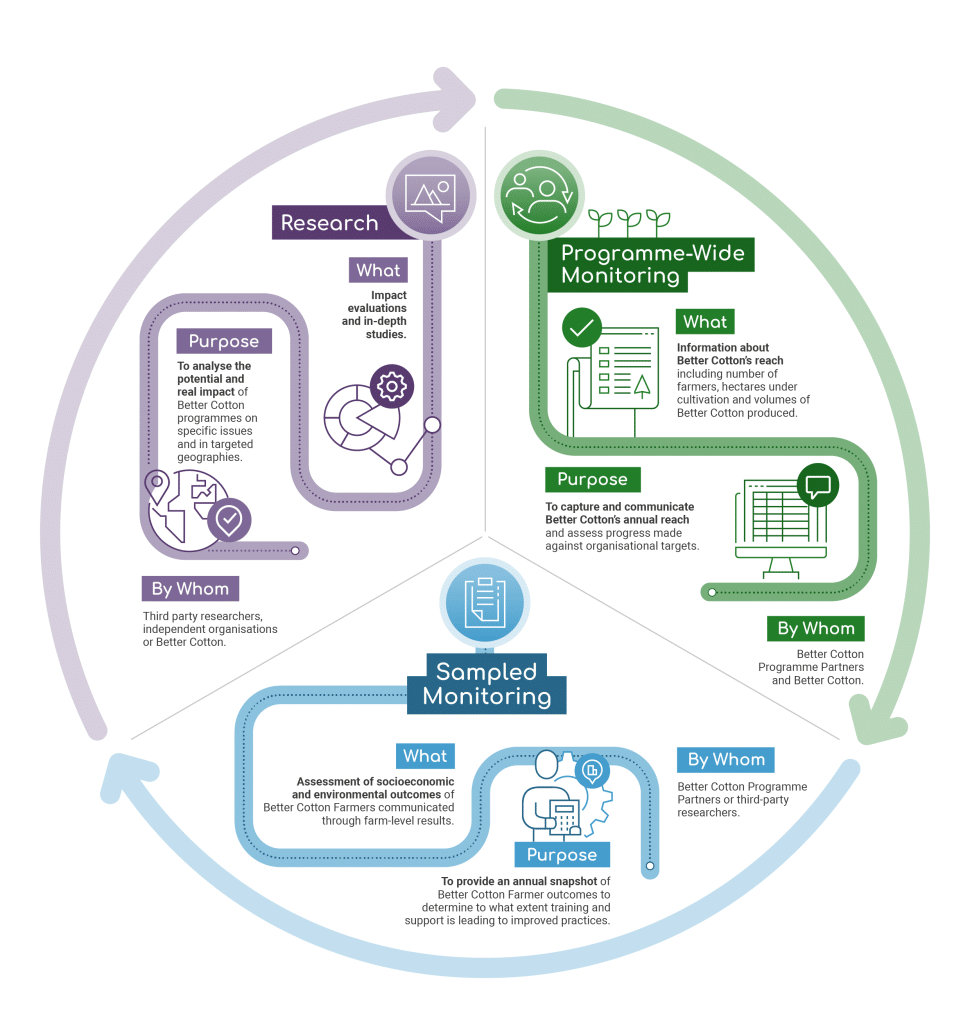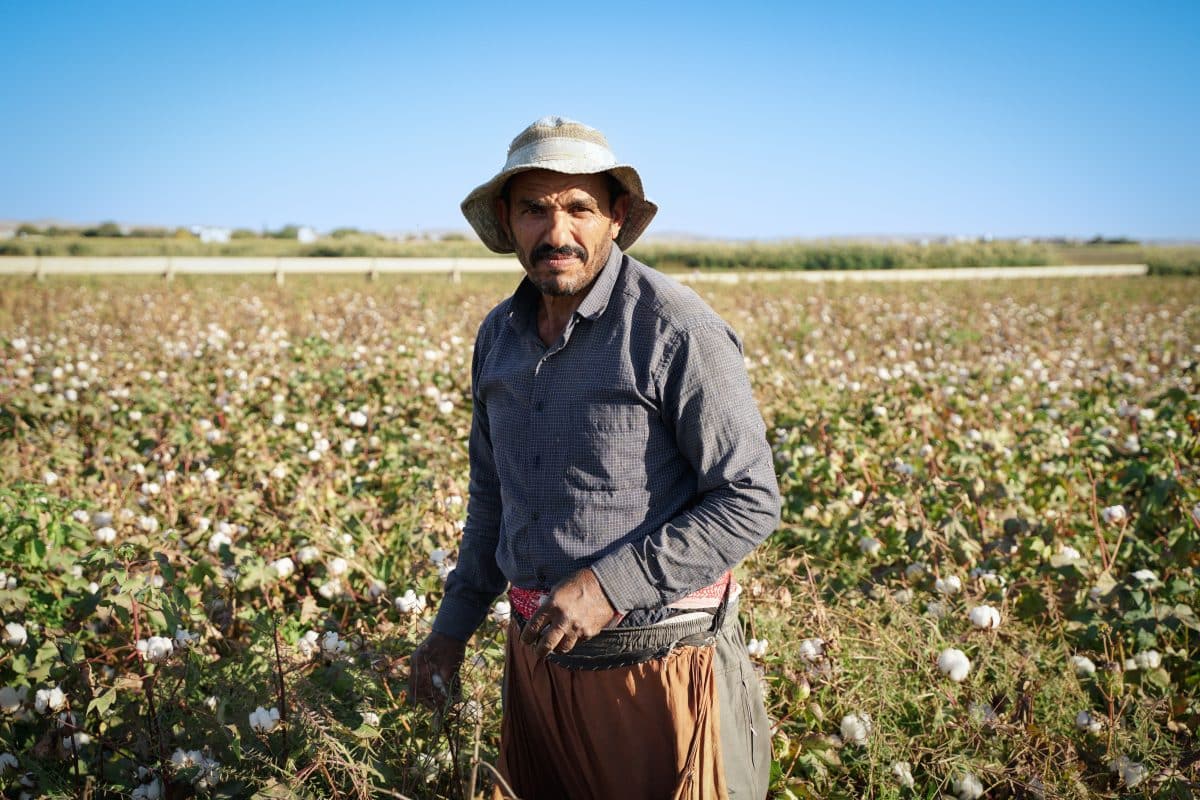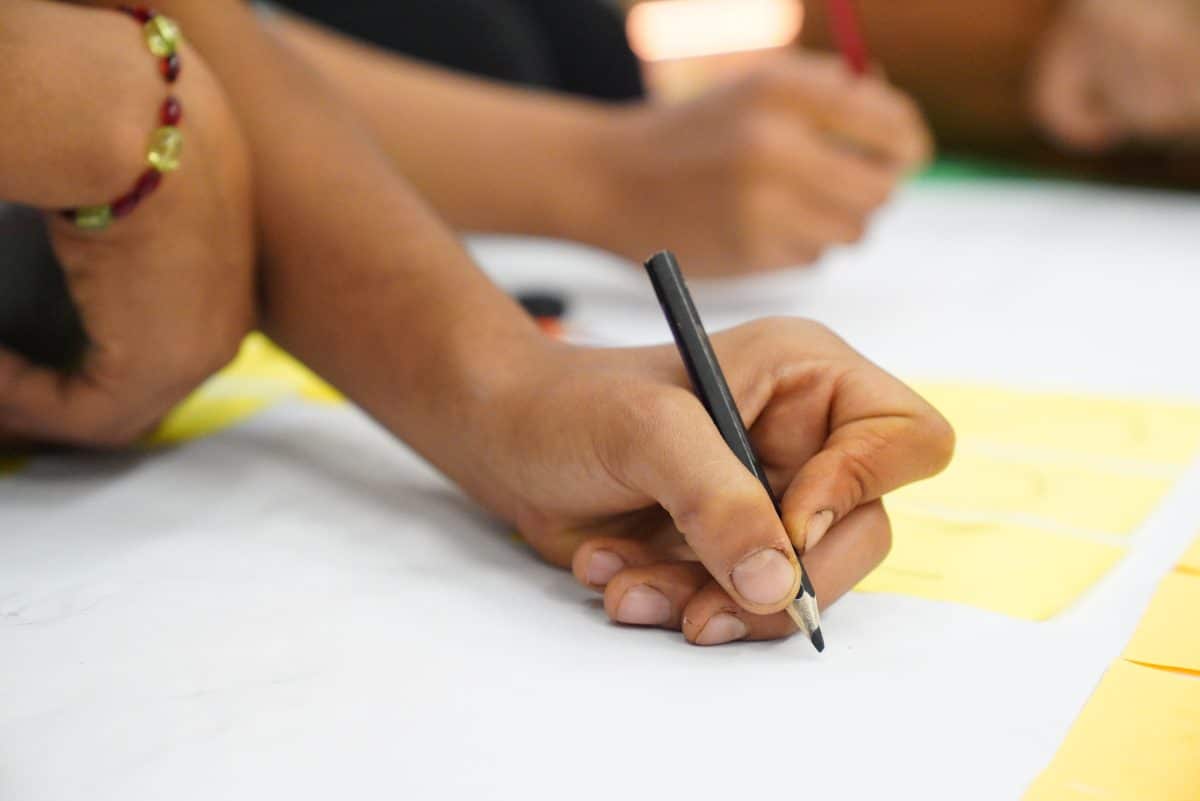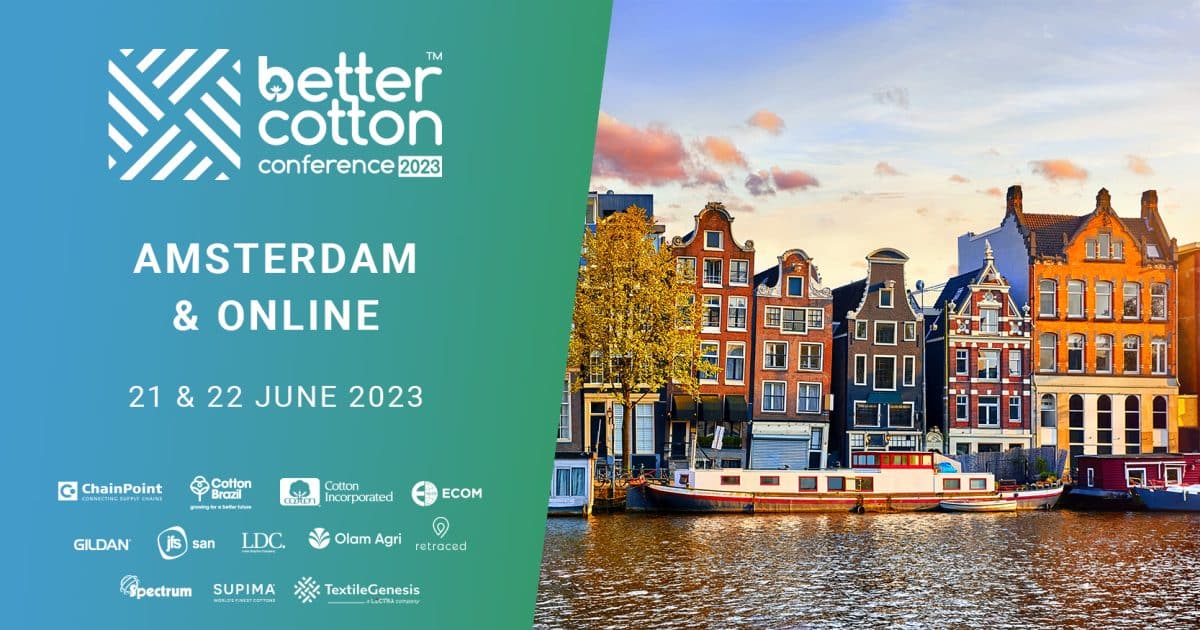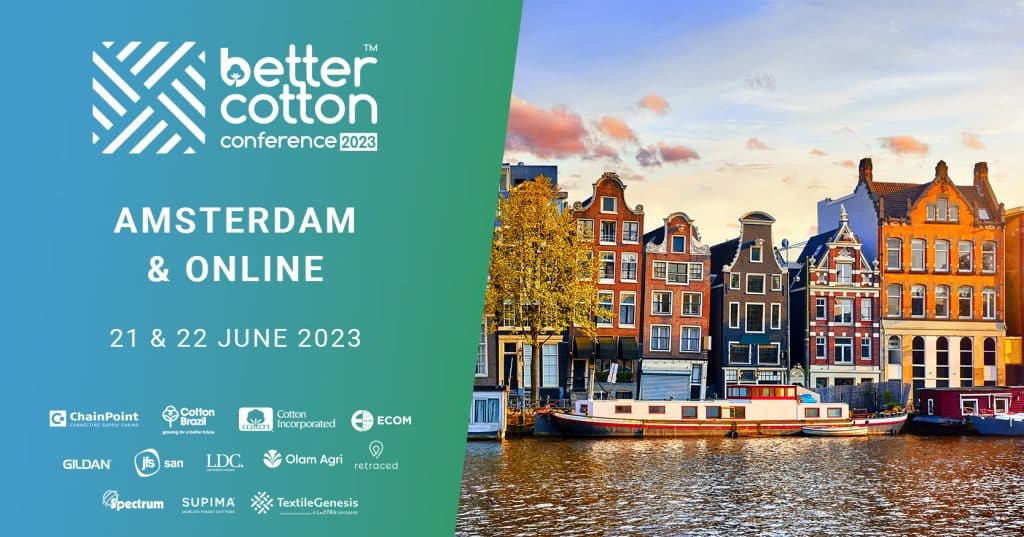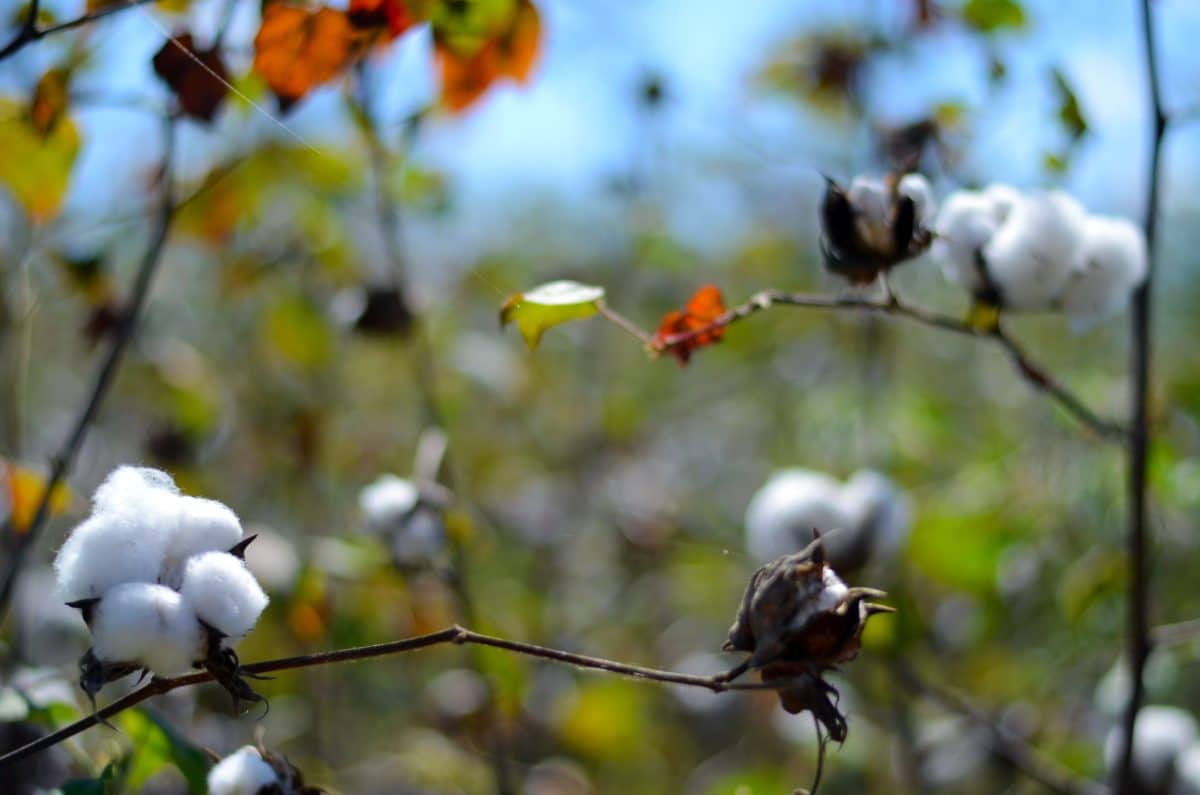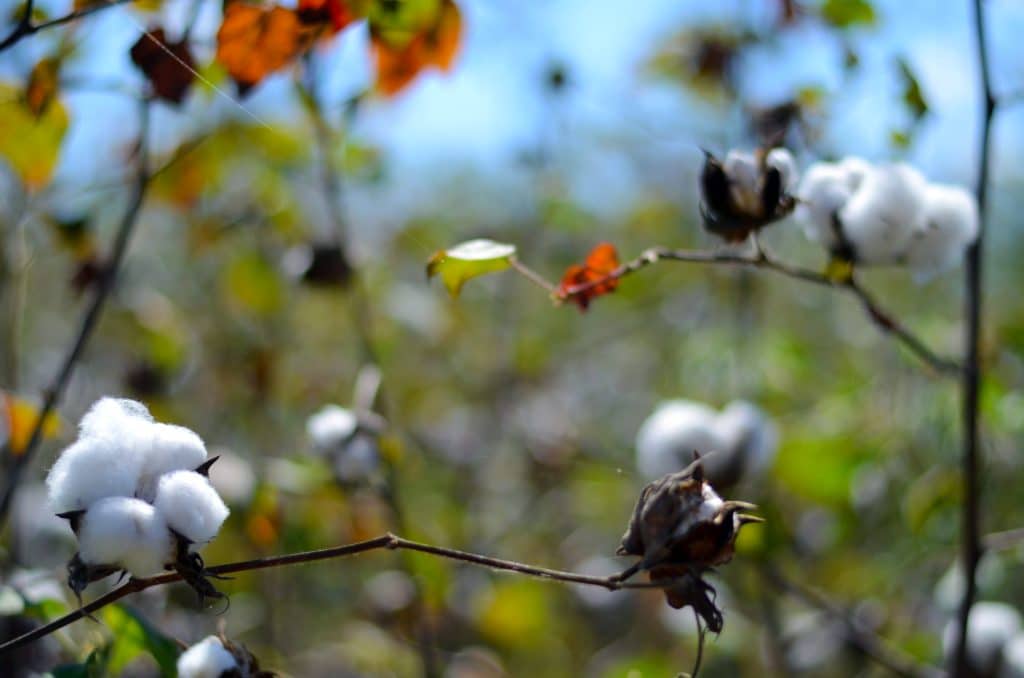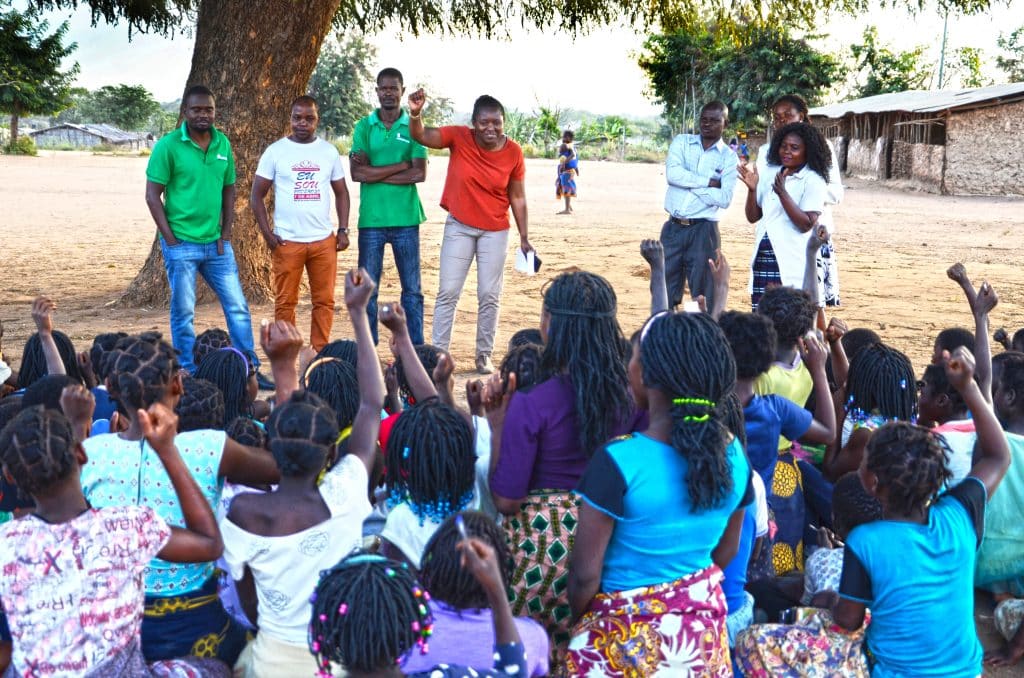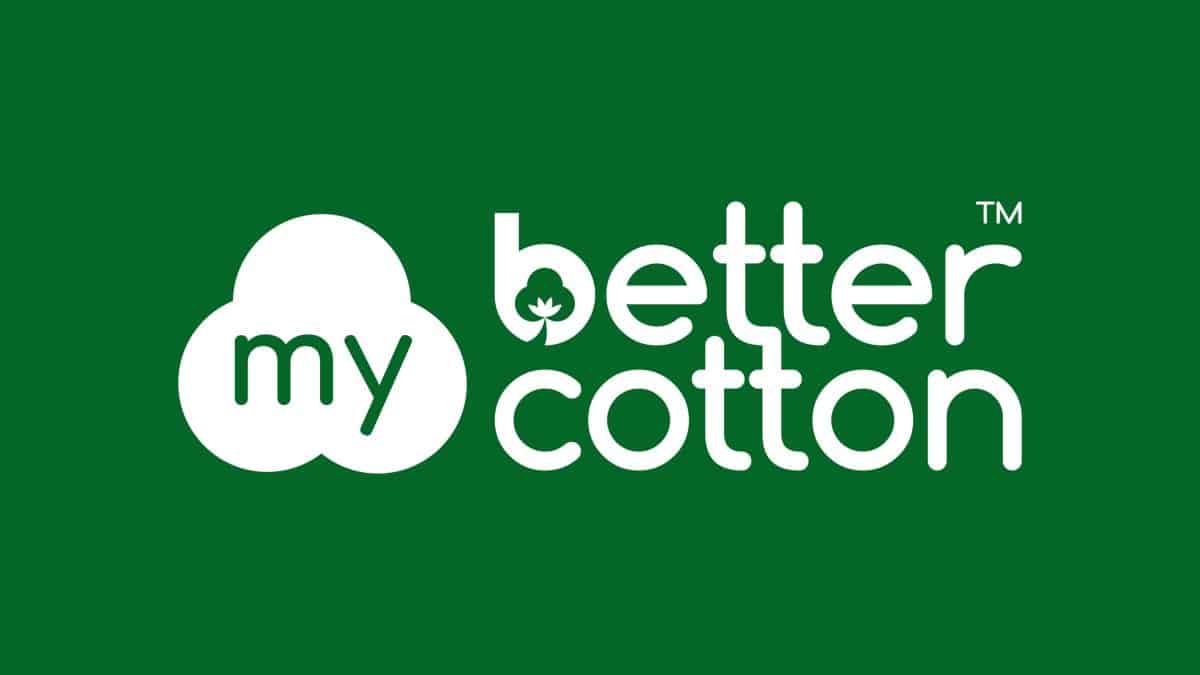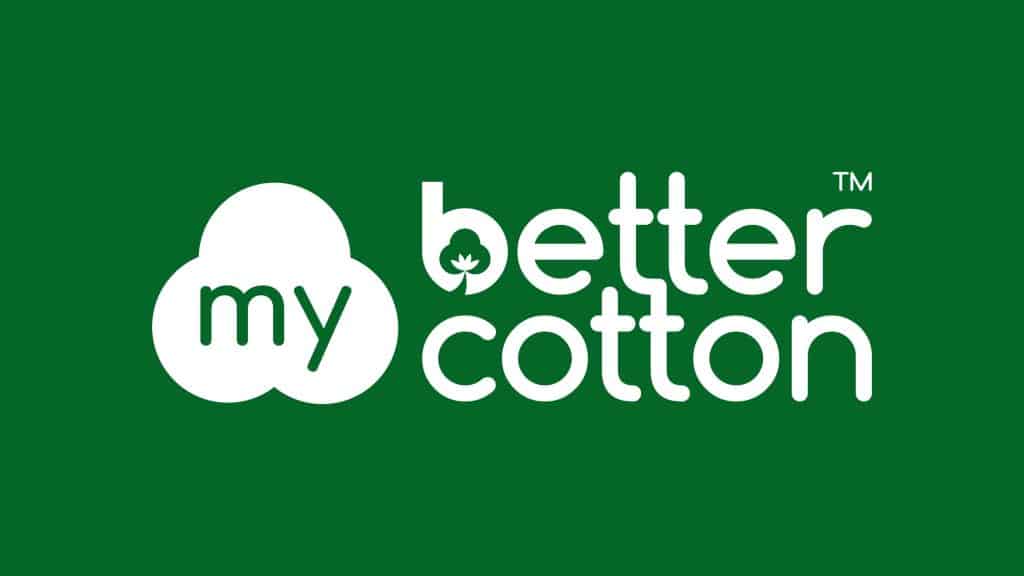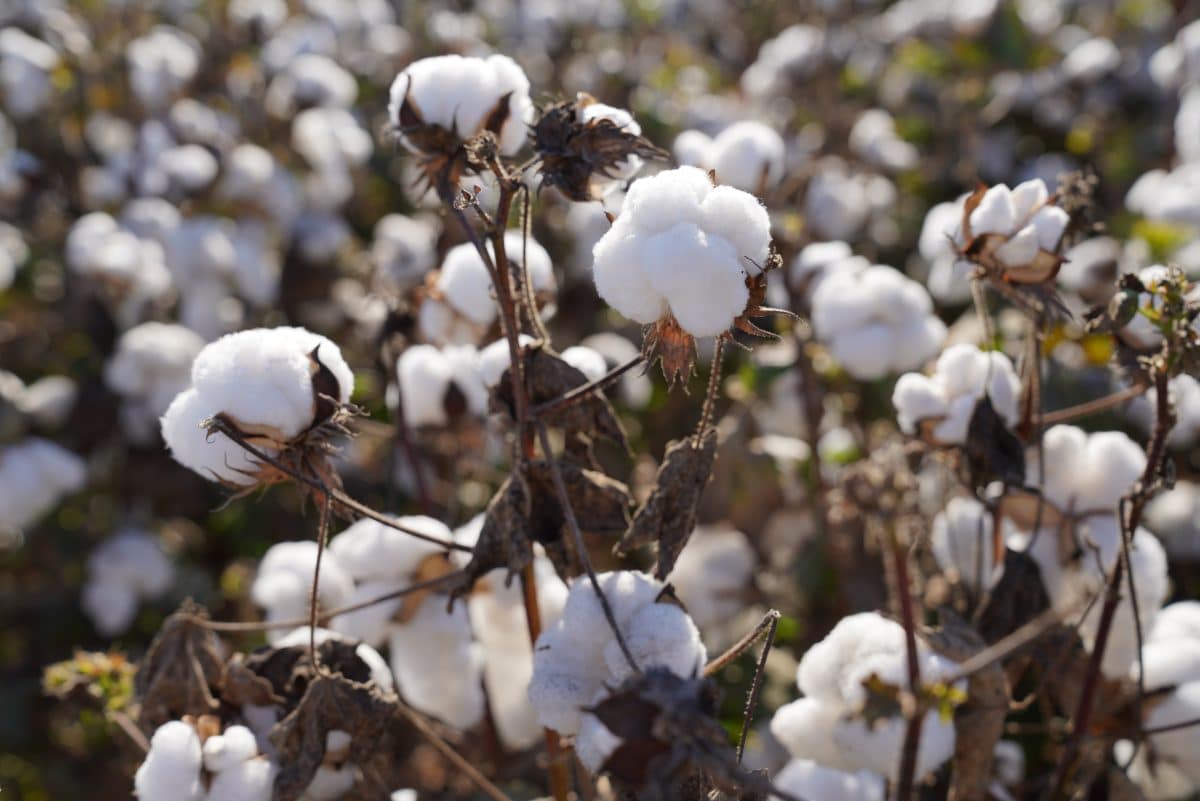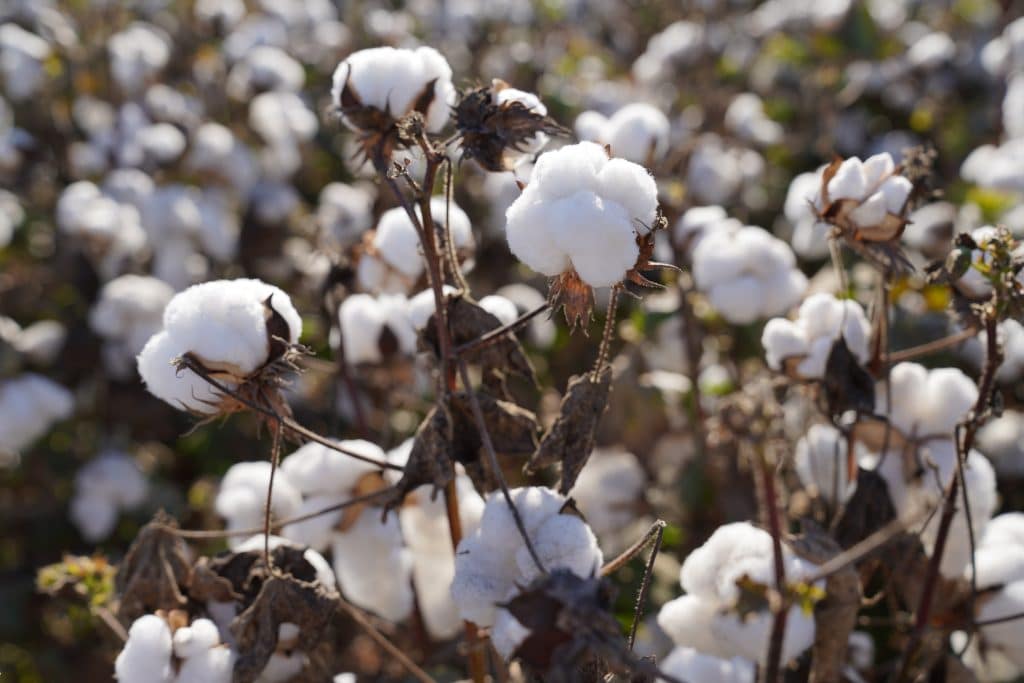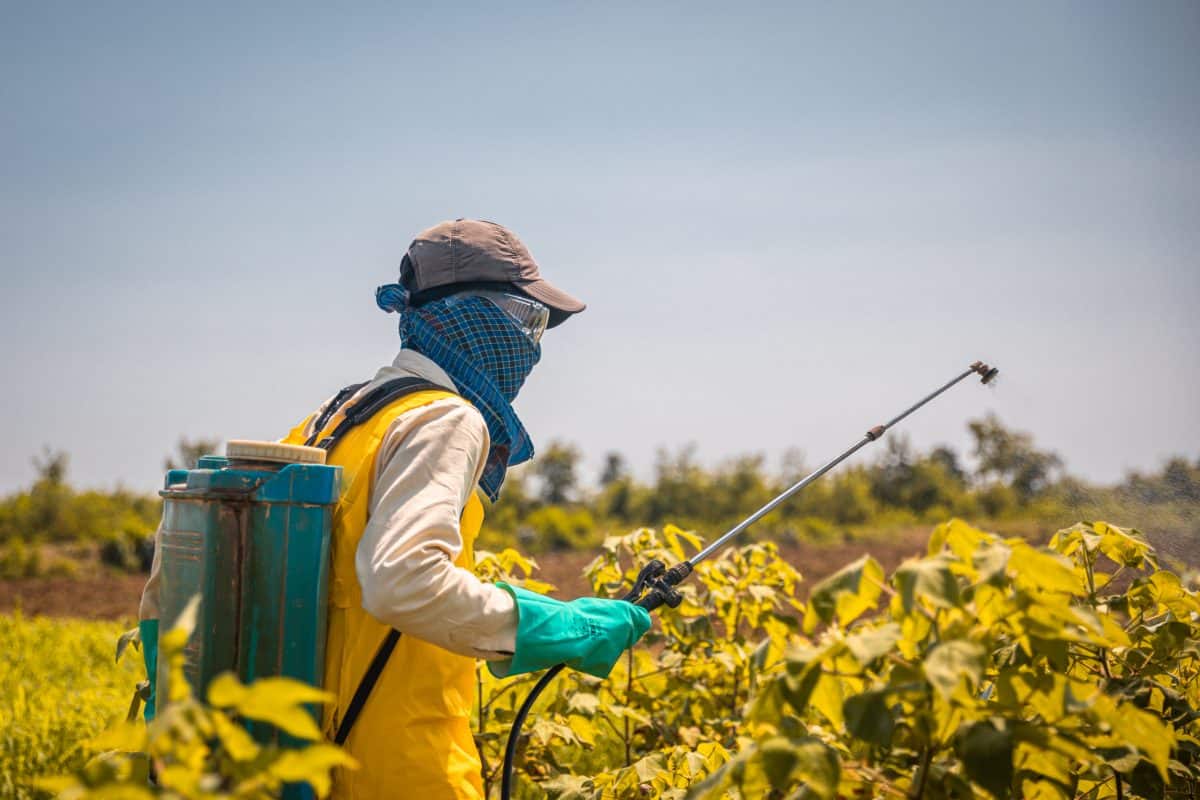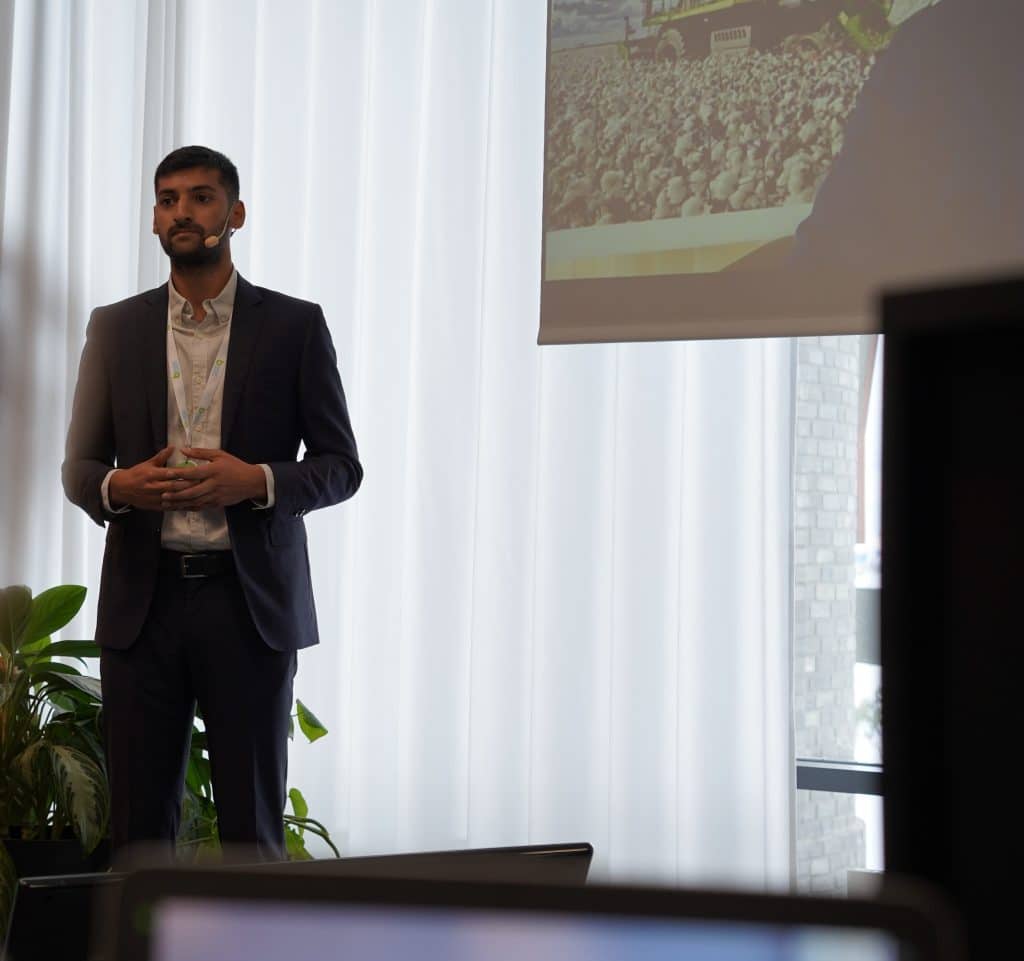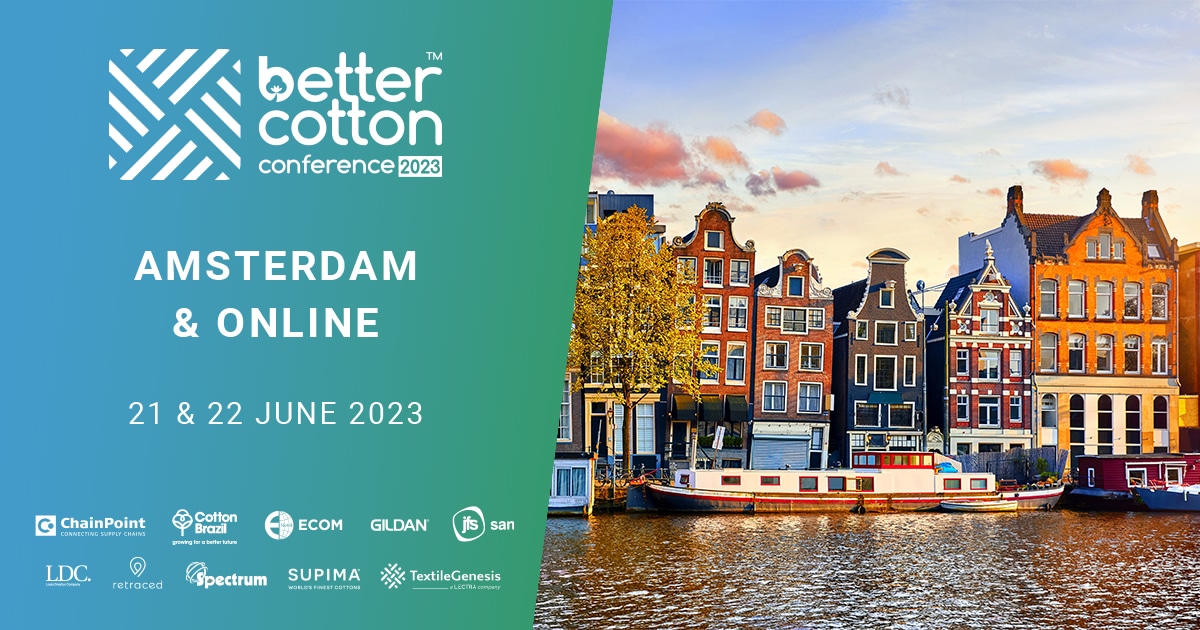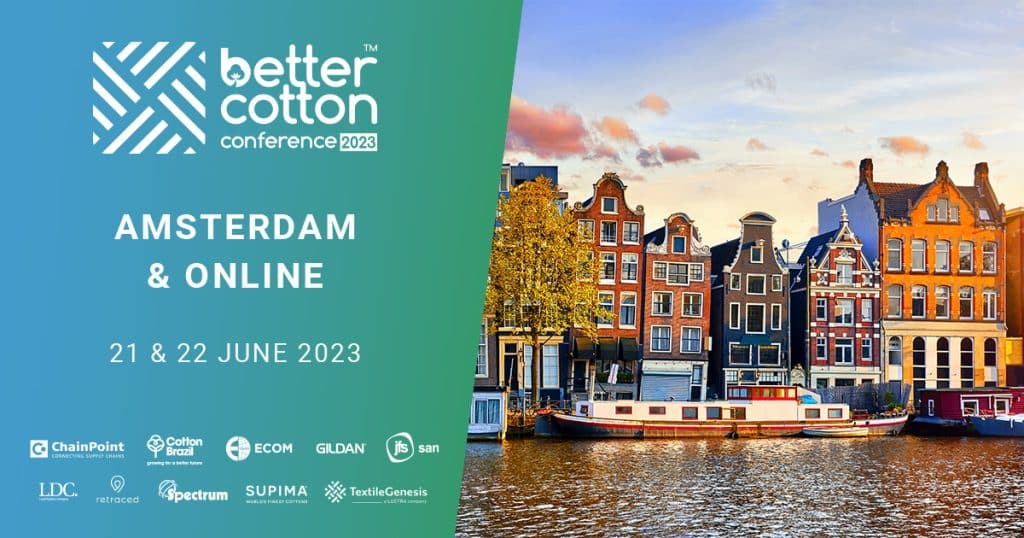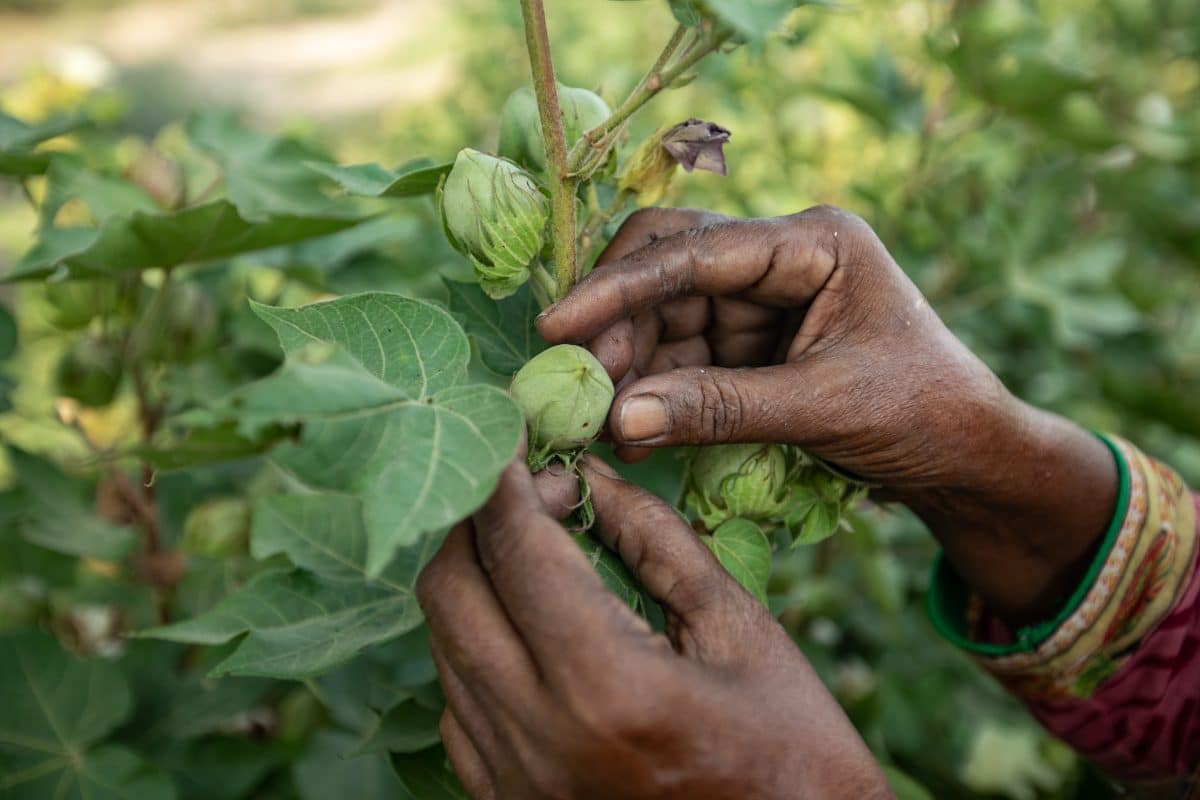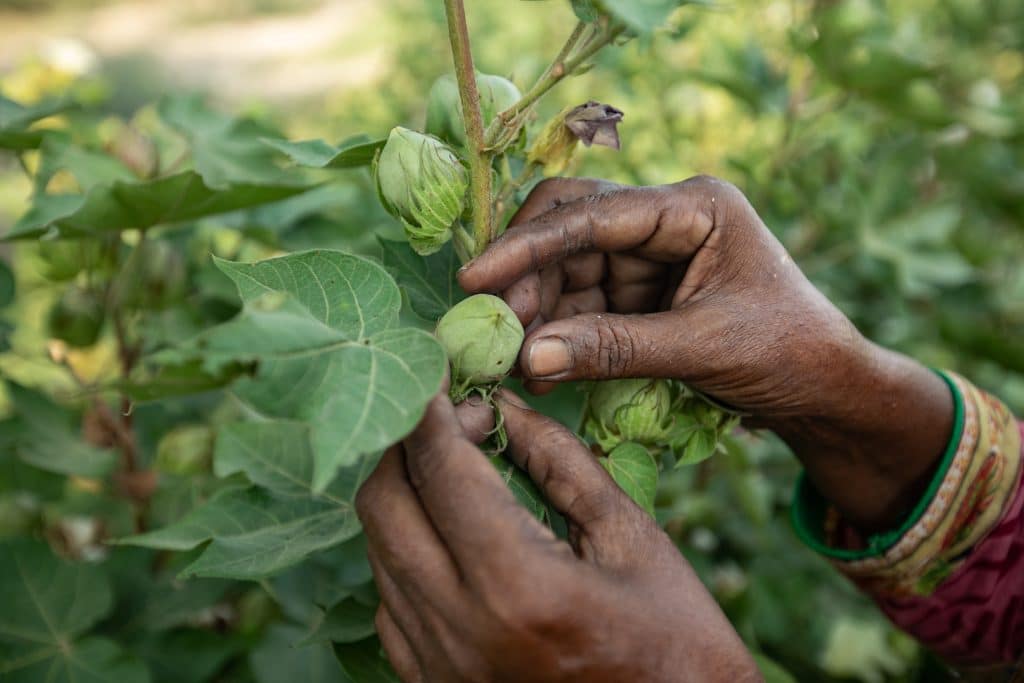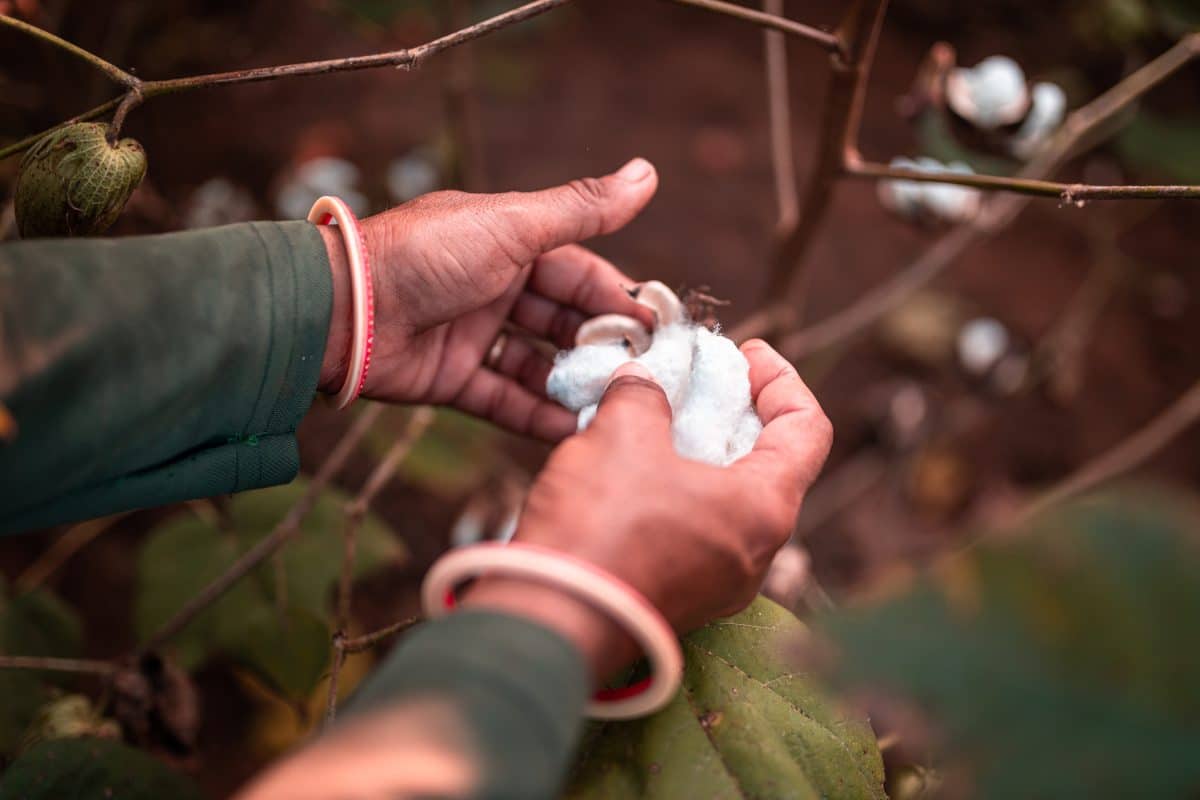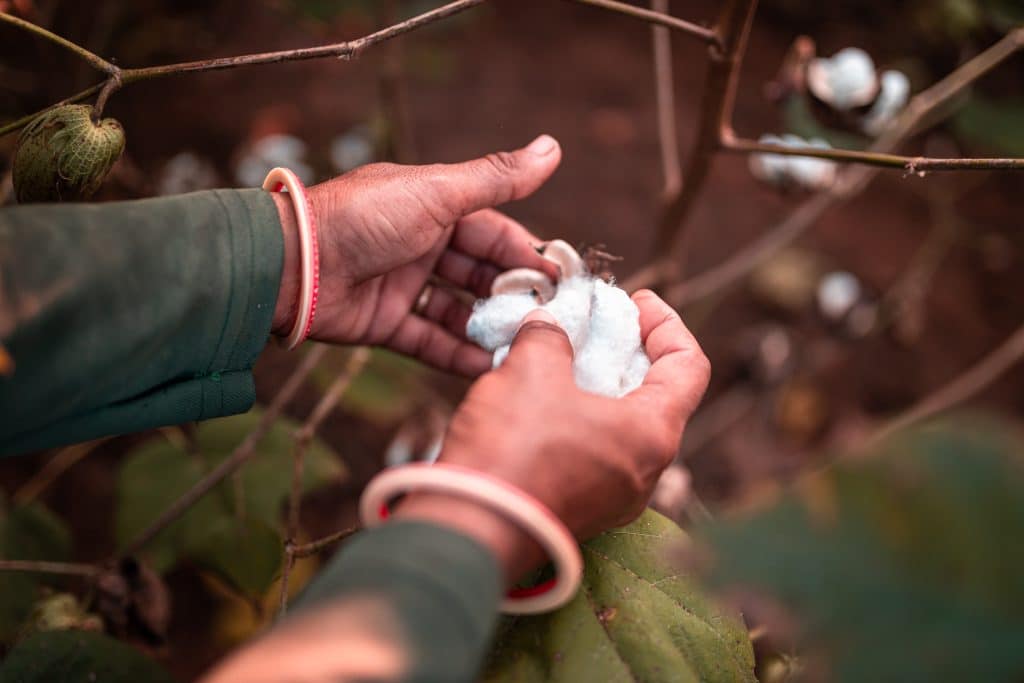Carbon Insetting: What Is It, and How Does It Differ From Carbon Offsetting?
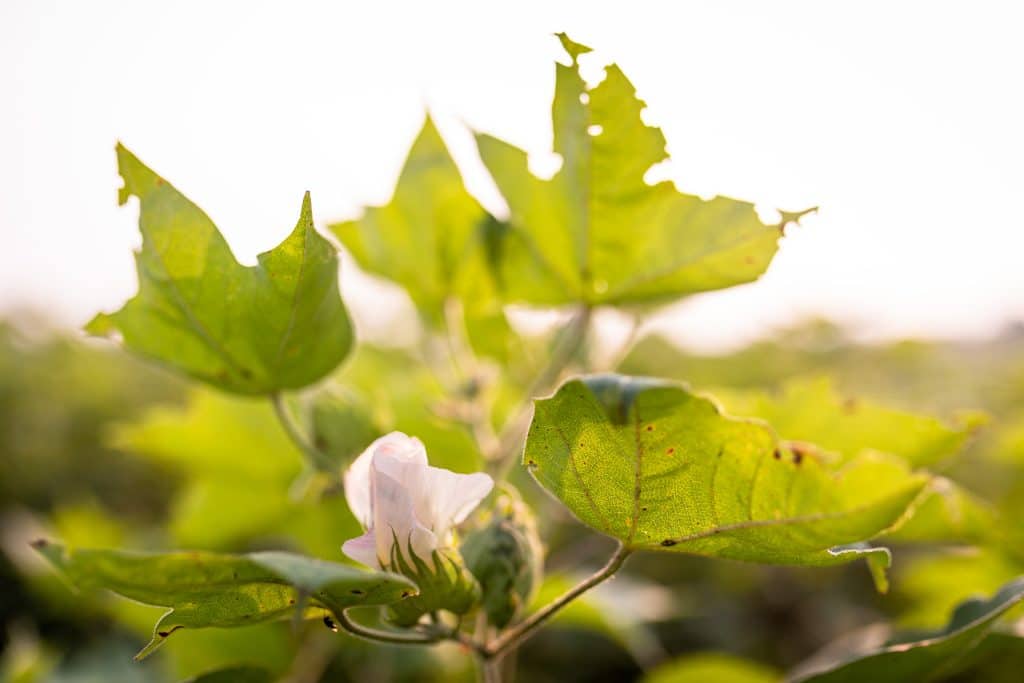



By Nathanael Dominici, Climate Change Manager at Better Cotton
A term that is regularly used in discussions around climate action is ‘carbon offsetting’, a practice by which a reduction or removal of greenhouse gas emissions is made in order to offset emissions created elsewhere. Through this mechanism, companies frequently compensate for their emissions by purchasing credits from an organisation that is implementing climate projects which generate certified credits, for example through reforestation.
However, a new term that is becoming more common in climate discourse is ‘carbon insetting’. What does this term mean, how does it differ from carbon offsetting, and what is Better Cotton doing in this space? Ahead of a session on carbon finance that we will be running at the Better Cotton Conference in June, let’s explore what carbon insetting means.
What Is Carbon Insetting?
Carbon insetting is similar to carbon offsetting, in the sense that it acts to reduce the impact of greenhouse gas emissions on the planet. However, the key difference is that while offsetting can often see harmful emissions offset by activities that aren’t linked to the original source of the emissions – such as a European airline paying for credits to finance reforestation in South America – carbon insetting instead refers to interventions that reduce the greenhouse gas emissions within a company’s own value chains.
Insetting promotes a more holistic view of the full lifecycle of a business’s activities, taking into account both upstream activities (e.g. the purchase of raw materials and transport) and downstream activities (e.g. product use and end of life). Through insetting, companies can partner with key stakeholders in their value chains to reduce their greenhouse gas emissions and contribute to climate change mitigation targets.
Insetting interventions tend to be based on the implementation of climate-smart practices at farm level and with local communities. Minimising the use of synthetic inputs, installing drip irrigation systems and renewable energy technologies, minimising tillage practices and maximising cover and intercropping are all examples of activities that could generate insetting credits. There are also co-benefits of these interventions; through the conservation and restoration of landscapes, they both build climate resilience and create stability in a company’s supply chain.
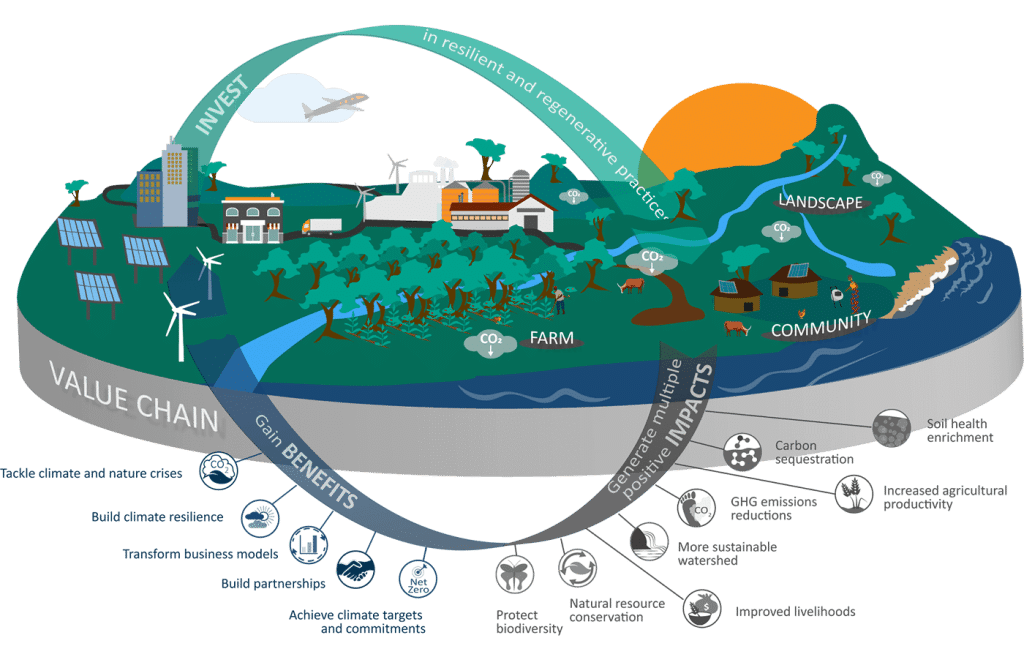

What Is Better Cotton Doing About Carbon Insetting?
At Better Cotton, we are working on developing our own carbon insetting framework to promote and incentivise sustainable agricultural practices, with the support of the Clinton Global Initiative (CGI). Our belief is that insetting mechanisms can accelerate environmental and social progress, supporting smallholder livelihoods across our network.
Our aspiration is that our traceability system, due to launch later this year, will provide the backbone for this insetting mechanism. Once implemented, we aim to enable retailers and brands to find out which region the cotton they purchased was produced in, and to allow them to purchase credits that reward farmers and incentivise them to improve their field practices. To learn more about our work on traceability, head to this link.
We will be exploring carbon insetting further as part of a session on climate finance at the Better Cotton Conference 2023, taking place on 21 and 22 June in Amsterdam and online. One of the four key themes of the conference will be Climate Action, bringing together climate experts from a range of sectors to build on the discussions on climate action held at the Better Cotton Conference 2022. The Climate Action theme will be introduced by climate change and gender expert Nisha Onta, Regional Coordinator for Asia at WOCAN. To find out more about the Better Cotton Conference, head to this link.
Read more
